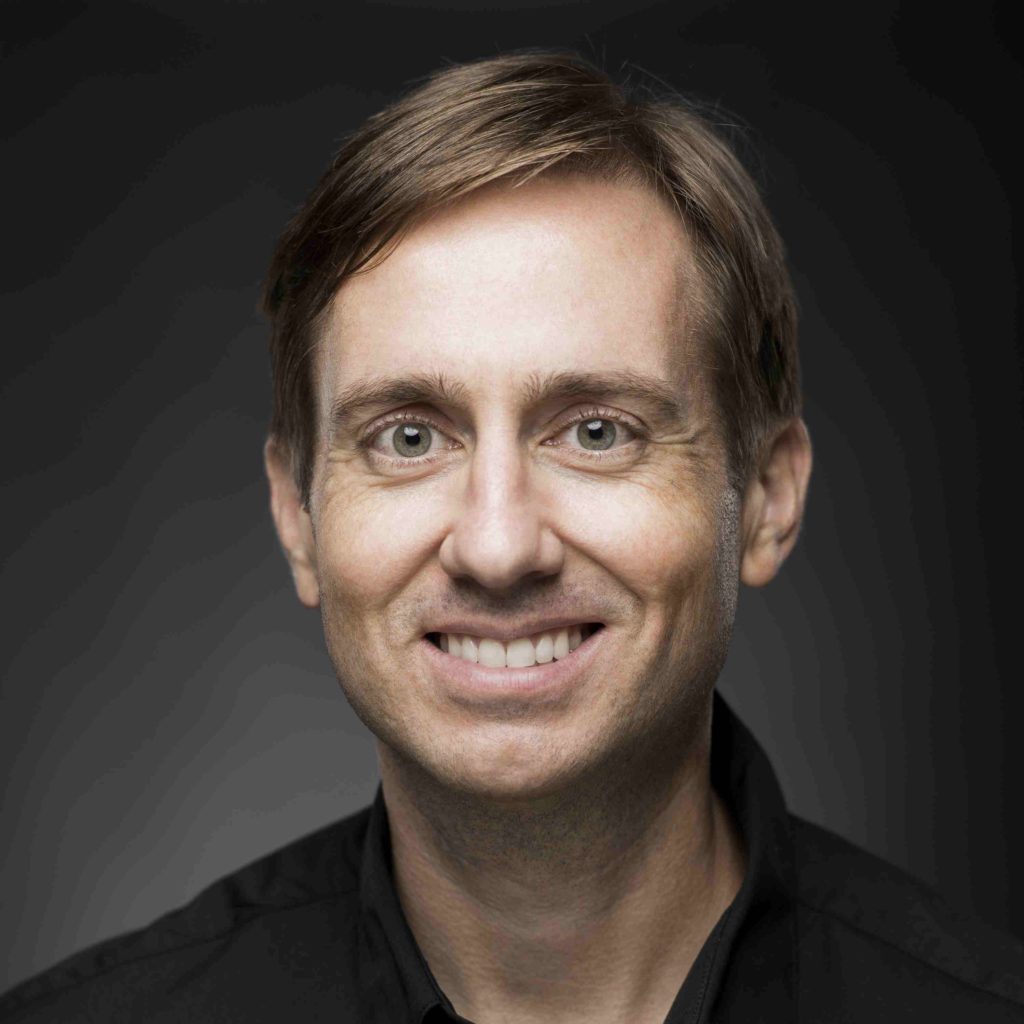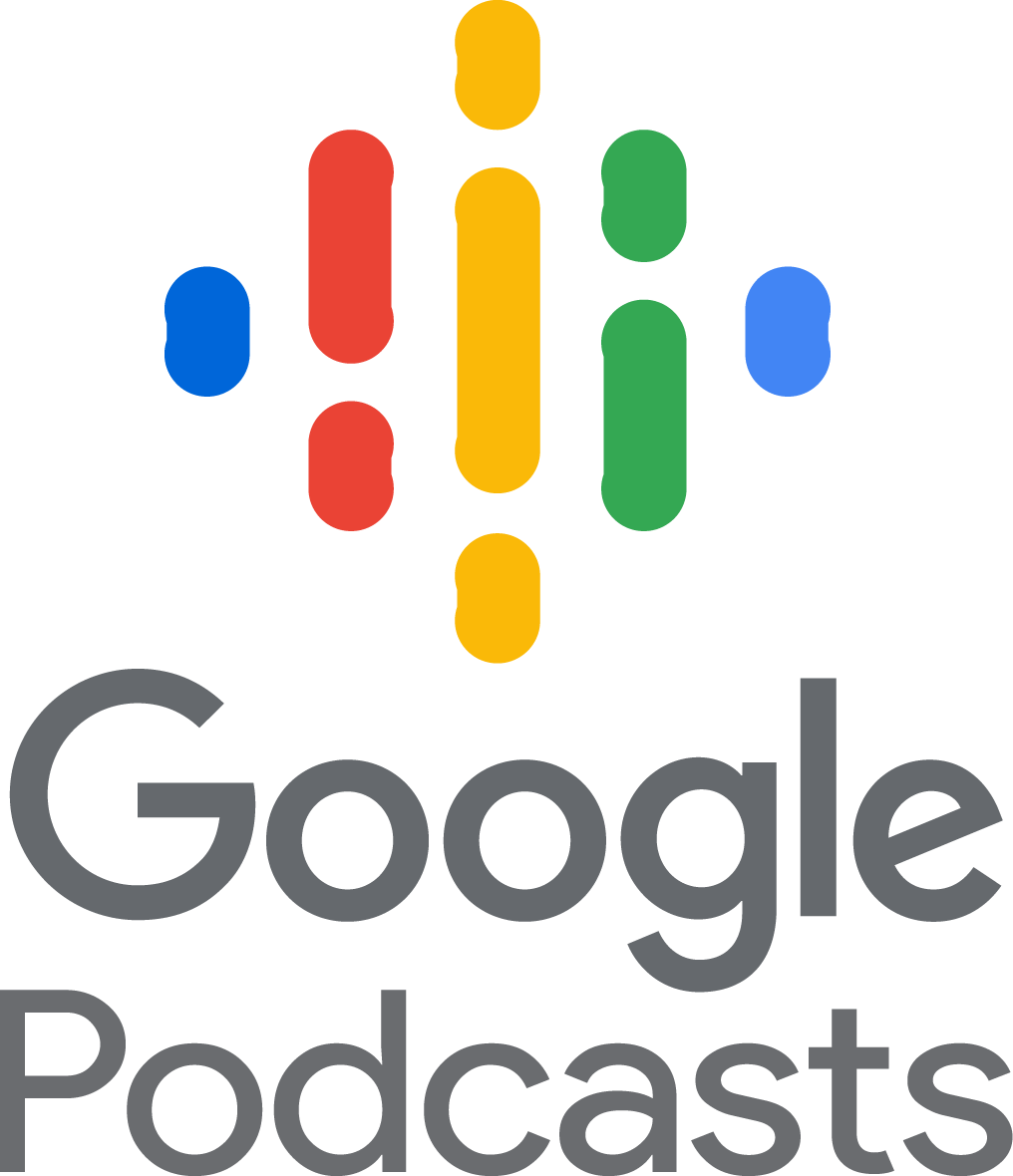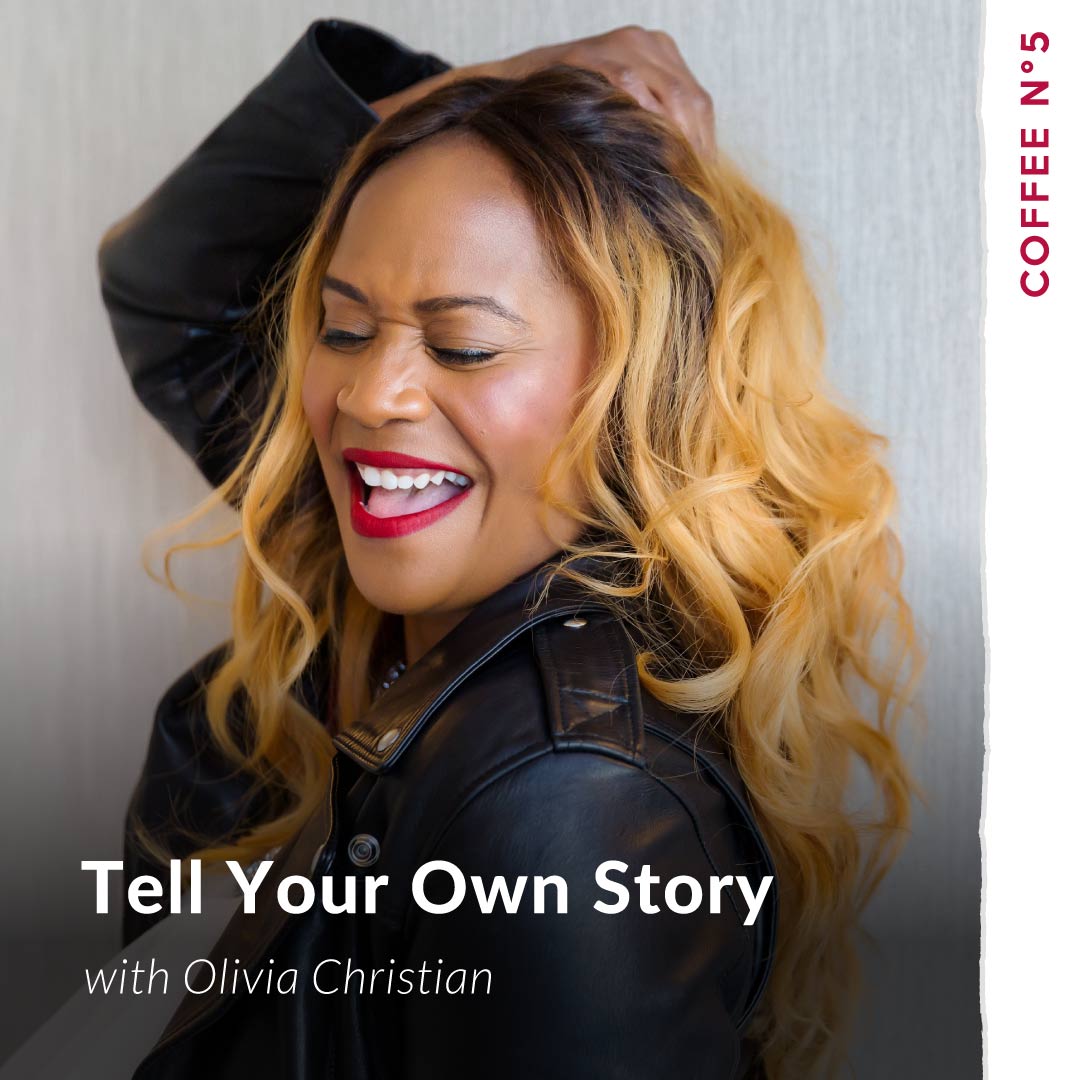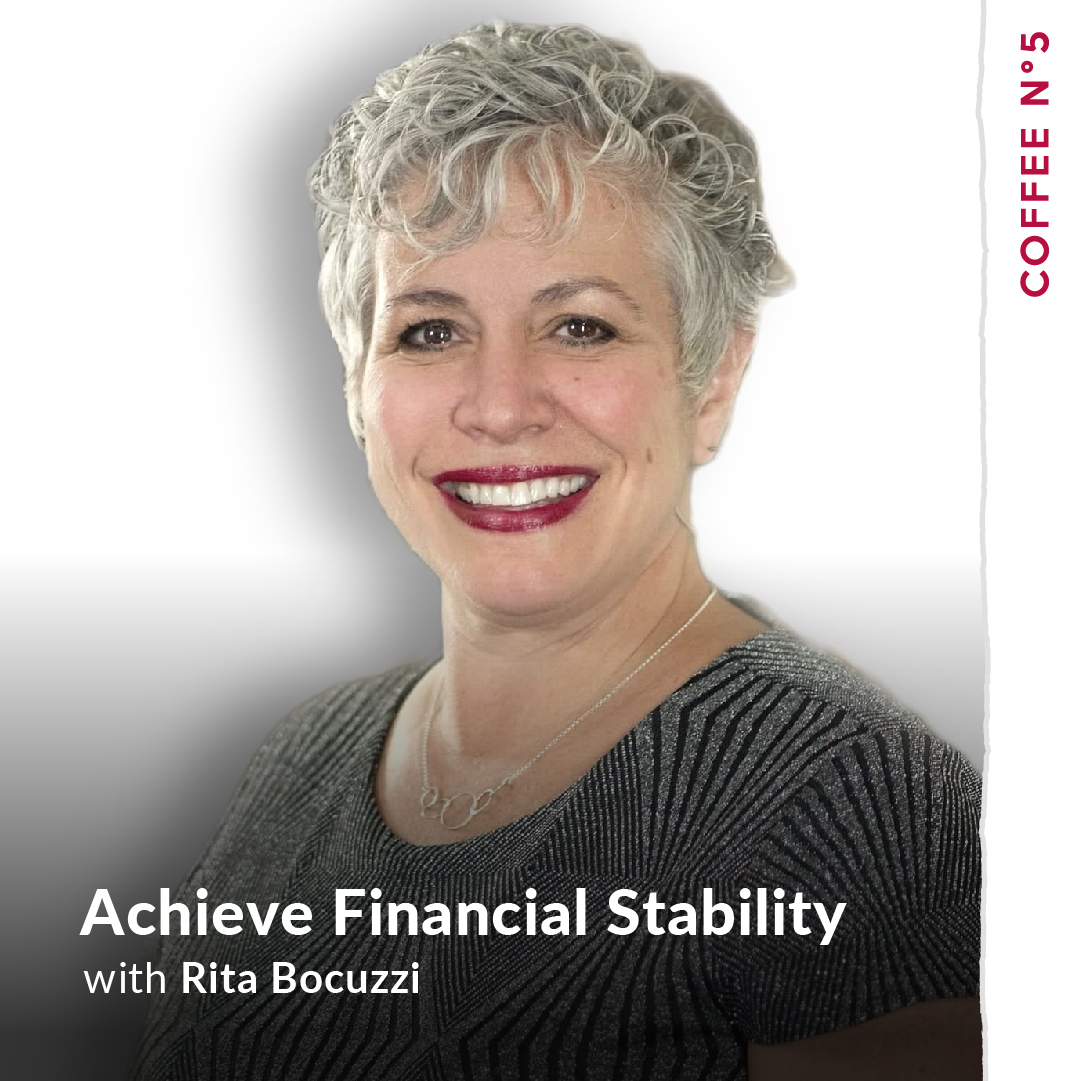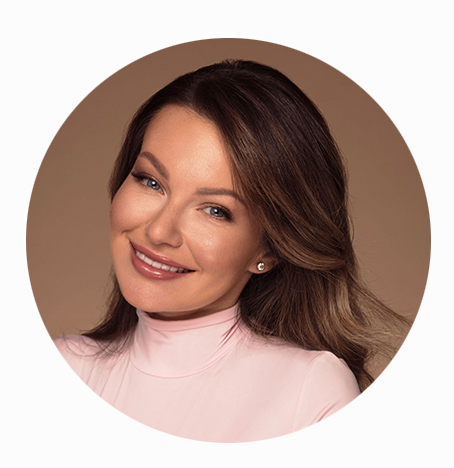Lara Schmoisman 0:02
Hi, everyone, welcome back to coffee number five, I would think in going back a few years, Facebook was established. And then there was a new network coming up, LinkedIn. And I remember who invited me first, and it was a cousin. And he was pretty in business back then I even believe that he had a business degree. So I said, if he is there, maybe I probably should open an account. And it took me many, many years to realize the power of this new social network. But also, I realized that it was different, because it was mostly for business reason. And I have to say, LinkedIn today is a platform that I feel more comfortable with, I feel more aligned, I don’t feel like anyone is expecting for me to be dancing to music, that it’s not something that will normally do. I’m a business woman, I’m a business person. And I like to talk business, I like to talk about my expertise. And I like to mingle with others in the same space, either to learn how to run their business, or how to manage their team, I love to learn and to exchange ideas. And lately, I’m a little frustrated, I should say, because I seem that LinkedIn, it’s been used in different ways. And let’s not even talk about the amount of people that are connecting with me to try to sell me something. So should I invited Josh Steimle? Did he say it? Right? I hope so. I did. Steimle, it’s all good. Okay, but how do you say it?
Josh Steimle 1:37
It’s Steimle,
Lara Schmoisman 1:39
Josh. Steimle. And he is here he is. Author of The Wall Street Journal and USA Today bestseller 60 days to LinkedIn mastery. So you got me, you are the master of LinkedIn. And so tell me what’s LinkedIn and how we should use it?
Josh Steimle 2:01
Well, Lara, first of all, thank you so much for having me on the show. My story is kind of similar to yours. I remember when LinkedIn came out, and it was this new thing. And I got on there because I thought, Well, seems like a lot of people are jumping on here. It’s kind of the professional social network. And I hopped on, and it was really just kind of a database for resumes back then it was almost like a job website or something, because all you could do was put up your profile, fill it out, and then it just kind of sat there. And you hope that maybe somebody found you and would offer you a job. Or you maybe you could find a business partner if you are an entrepreneur. But that’s pretty much all LinkedIn was. And today, LinkedIn is something entirely different than what it was back then it’s become this huge content platform, where you can blog, you can post shorter posts, you can do video, you can put documents and slideshows up. And you can connect with people in a professional way. That’s totally different than the way people connect on Tik Tok, or Facebook or Twitter, or anywhere else.
Lara Schmoisman 3:05
Different at work. The best part is that you don’t have to dance. Yes, yes, absolutely. So your question, because I see people posting in LinkedIn lol. But there’s some things that always caught my eye. And it’s like, is this LinkedIn worth it? Or maybe it’s not? And I’m not talking about personal life? I think like, for example, I see companies saying or agency saying, I have a new client. And is it okay to post in LinkedIn is a platform that we use for that kind of announcements?
Josh Steimle 3:43
And yes, the answer is yes, LinkedIn is the platform for anything that’s happening in your professional life or happening with your business, or your job. I mean, within reason, of course, right? You’re not going to post personal details, like your salary information, or something that’s confidential information for a client or your business. But when you get a new job, you post on LinkedIn, and you talk about it. When you experience challenges in your job, you might talk about those challenges and how you’re facing them and how you’re overcoming them. Or you might ask for advice on how to overcome challenges that you face. So now it differs for different people in different jobs and different roles. I have friends who are bankers, they’re not allowed to post anything by policy, about their job or what they’re doing on LinkedIn. And on the other end of the spectrum, I know entrepreneurs to post everything that they’re doing professionally on LinkedIn. So there’s a wide spectrum of what you can post but the only real kind of unspoken rule on LinkedIn is it needs to be something related to your job to your profession. It needs to be professional politics, not something to post on LinkedIn, how personal stuff, what’s going on in your family, what you had for breakfast, what your cats are doing. That’s something to post on a different type of social network, but if it’s some somehow related to what you do for work, then it’s fair game.
Lara Schmoisman 5:05
That’s a great clear distinction of what you do in LinkedIn. But when we’re talking about mastering LinkedIn, what are we trying to really accomplish when we’re mastering LinkedIn, LinkedIn?
Josh Steimle 5:21
It depends on your goals. But no matter what your goal is, there are three areas of LinkedIn that everybody should master. The first is your profile, optimizing your profile, making sure your profile is filled out that it’s professional, that you list your different jobs that you’ve had in the past the work that you’ve done, that you have references there, or endorsements from other people, that you have filled out, biography and about section that talks about who you are and what you do and who you do it for. Your profile should be optimized, it should look pretty good. So that when people come and read it, they feel like they know you. That’s the first thing everybody should do on LinkedIn. The second thing is, it’s an opportunity to connect with other people. And what I find is a lot of people will say, Well, I’m just going to connect with people I know. And so they’ll connect with a few 100 people, and then they leave it there. And my advice is connect with other people. This is not just a network of who you know, it’s people you want to know, or people you want to get to know better.
Lara Schmoisman 6:23
I’m sorry, I love that. You say that, because I’m a connector. And I love to connect with people that I find interested, interesting, or a fine eyeline. And what I love about LinkedIn is that you can see what your connection started doing when they liked something. And so you can say, oh, that person that I’m aligned with is like in this, let’s see why. Maybe. And then you want to connect with that person. And you never know what you can come up with that from that connection.
Josh Steimle 6:51
Exactly. I mean, I’m into LinkedIn, I wrote a LinkedIn book, I have a LinkedIn agency, I like LinkedIn. Right? Well, I follow a lot of other LinkedIn experts, some of them I don’t know, but I want to know them. And I want to know what they think about LinkedIn, because I want to gather information about LinkedIn, from all the sources out there, all the experts. And so I reach out to every LinkedIn expert I can find, and I connect with them, so that I can get more of that information in my feed for somebody else, if they’re in retail. And they want to learn more about retail and the latest things going on in retail, they should be connecting with everybody out there in retail, so they can get that information in their feed. So LinkedIn should not be just limited to who you know, it shouldn’t be limited to, or it should not be limited, it should be everybody you want to know and everybody you want to learn from. That’s the second part, that part of LinkedIn is making those connections. The third part is creating content. So you can post little short text posts, you can do video, you can upload graphics, you can post links, you can do all sorts of things, the most effective tends to be actually just the text posts, just typing in a post and posting that. But that content puts you out in the feet of other people, it makes you visible, it gets attention. And if you’re looking to get a new job, if you’re looking to grow your business, if you’re looking to recruit people for your business or finding partners, it’s essential to be posting content on a regular basis, weekly, or a couple of times a week, in order to get that attention and attract the audience that you want to attract.
Lara Schmoisman 8:24
How often do you need to post in LinkedIn,
Josh Steimle 8:29
at least once a week is what I would recommend. And that’s just a few minutes. Now, it’s also important to engage with people who comment on your post, if you just post and then somebody comments and you never respond, it makes it look like maybe you’re kind of proud or you’re not really on LinkedIn, as much as it appears that you’re on LinkedIn, you really want to engage with the people who are engaging with you and with your content. And when you do that, it also triggers the LinkedIn algorithm so that your post gets shown to more people. So if you post somebody comments, you respond, they respond and you get a conversation going back and forth. LinkedIn looks at that and says, Hey, this is content that people care about that they’re interested in. Let’s show this to more people. Because that’s what LinkedIn wants is they want content that is sticky content that will keep people on LinkedIn. And if there are lots of comments going back and forth, that sends that signal to LinkedIn that, hey, this was great content, we should show it to more people. So that’s really the key to making lots of connections and getting lots of attention on LinkedIn is responding to the comments that people make on your posts,
Lara Schmoisman 9:36
but also you commenting on other people’s posts.
Josh Steimle 9:39
That’s a great strategy as well. So when you comment on other people’s posts, you can dive into conversations. People find out who you are, they go back to your profile, they want to connect with you. So it’s a great way to network. Think of it as just going to an event and you walk up to somebody and you say, Hey, how’s it going? What are you Do they tell you what they do? And you tell them what you do and you get into a conversation, the benefit on LinkedIn is that you can have that conversation in front of hundreds of other people. And then they can reach out and say, Hey, I see what you’re saying, with this person, I want to get in on this conversation, too. Now, for some people, that might sound kind of scary, like, Gee, I don’t want lots of people in on my conversation. But it really is a fantastic opportunity to make connections that you couldn’t make any other way.
Lara Schmoisman 10:28
Well, but the thing is that also you manage the narrative, you decide what you put out there.
Josh Steimle 10:33
And Right, exactly, you have control over what’s out there. Yeah, and
Lara Schmoisman 10:36
you can always take a conversation, if you don’t like the direction or this goes in private. Econ exactly away or say, I stopped here, you don’t have to keep going. I want to share something happened to me, for example, I want to trade show, and I met a lot of people, and I created polls, I want to destroy show, I put like my highlights, and I tagged those people. And you know what happened, I not only started the conversation, but also other people say, Oh, I missed you, they are people that I don’t know. And they know, we know that they’re in the same circle. And that maybe in the future, we can connect in person.
Josh Steimle 11:17
So that’s a great tactic, go to a show, go to a live event, meet people do a post about the event, tag the people just like you did, it’s a great way to not only connect with the people that you met, and give them some publicity and exposure. But like you said, it attracts other people that you might have missed that you want to connect with.
Lara Schmoisman 11:37
Okay, there are other two parts of LinkedIn that I’m likely one mostly fascinated with. One is a job board that everyone has the right to apply, you can apply to a lot of things. But also at the same time, it’s really easy to apply, which makes it a lot more difficult many times for employers, because people it’s so easy to apply that people are applying to whatever.
Josh Steimle 12:07
Yeah, so this is the challenge of all technology, right is because technology allows us to do things at scale, it allows us to put a job posting out there and get it in front of a lot of people. But then you have the other side of that equation, which is well, if it’s in front of a lot of people, then you end up with a lot of applications that you have to sift through. And maybe you don’t have time to do that. And so this is where there are tools that LinkedIn is refining all the time to make this process better. But it really goes to the importance of making sure that that job that you put out there is very clear in terms of who you’re interested in. And that it’s very focused so that you don’t get people. Not that I want to say the wrong people, but people who aren’t the right fit. You don’t want those people applying for a job and taking up your time. They’re wasting their time, they’re wasting your time. And so that’s where a very focused job description helps to make sure that you’re identifying the right audience and attracting the right audience. And that other people say, Hey, I might as well not apply because this really doesn’t fit me.
Lara Schmoisman 13:10
Yeah. And also there are tools and what tools we recommend that those tools or the LinkedIn provide, like, for example, you have questions to ask your unique question that LinkedIn will help you in that job search as a searching for a job or as an employer filtering those resumes?
Josh Steimle 13:34
Well, I’ll tell you, the way that I like to hire on LinkedIn is actually different. I don’t use the job function. And here’s why, I want the help of my network in finding the right people. If I post a job, it does get publicized, but it doesn’t really go to the right audience. Because if I post a job thing, and some one of my connections, see that I posted a job, they’re probably not going to look at it. But if I write a normal LinkedIn post, and I say, hey, I need your help. I’m looking for this type of person. And then I write a post about that. And it’s not an official Help Wanted or job placement post. But it’s just a post like a human being saying, Hey, friends, I’m looking for this type of person, this is what I’m looking for. Does anybody spring to mind? I will tend to get more activity and engagement and attention on that post. And the responses I get are much better because somebody will say, hey, you know what, I know the perfect person for this position. And I might only get a couple of responses from my network that way, but I’m going to get really good responses, personal referrals, where somebody says, Hey, I know somebody who’s a match for this job you’re trying to fill. Let me make an introduction to them. So that’s the way that I prefer to do job searching on LinkedIn.
Lara Schmoisman 14:50
That’s a great tip. The last part I want to talk today about LinkedIn is a Sales Navigator. Many people saw it many people list here about it, but many of you are wondering what the heck is that? And how would I use it? First of all, it’s not for everyone. So who can use Sales Navigator and why to use it?
Josh Steimle 15:13
Well, if you’re in sales, you probably want to use Sales Navigator. I mean, it’s really made for people who are doing sales. However, it’s also handy for a lot of other people. The Sales Navigator tool enhances the LinkedIn experience, it gives you more functionality. So a few of the specific things that Sales Navigator does, that’s valuable. Number one, you can search further. So when you go on LinkedIn, and you search in that top bar, and you’re looking for a person or a piece of content, LinkedIn is not going to show you everything on LinkedIn that matches that, they’re just going to show you limited results that are connected to your network. If you go into Sales Navigator, it gives you more depth. So if you do a search for a certain type of person, it’s going to show you more people. And then it also gives you these filters that you don’t get with the normal LinkedIn. So you can really drill down for example, you can search by the number of people in the company that somebody works for, you can filter by whether they’ve logged into LinkedIn and posted something within the last 30 days. So you can tell that they’re actually active on LinkedIn. So there are all these different filters, so you can find more people. And then you can filter through those people, which helps you to find the people that you’re looking for faster and get a better match on those people. So there’s also LinkedIn recruiter, which is another version, it’s kind of like Sales Navigator, same type of thing, but it’s customized for recruiters. But for me, I’m an entrepreneur, I’m growing a business, I want to find people partly to sell to sometimes but also I want to find people to connect with as business partners and for other reasons. And so I use Sales Navigator a lot to create custom audiences of people that I’ve identified a certain type of person, and I’ve used these filters to create a group and then then I can save that group. And then I can do targeted outreach to that group with messages. Also, with Sales Navigator you get in mails, so that you can send messages to people that you’re not connected to. And so you get a lot of in mail. So there are all these different tools that are built into Sales Navigator, and they can be really helpful. My recommendation is if you think it might be something you’re interested in, try it out for a month. And if you don’t like it, cancel it. But if you love it, great, keep it
Lara Schmoisman 17:29
simple. We as an agency, as a producers of podcasts, we use it a lot for our production team to find pride, probably my team found it from Sales Navigator. So
Josh Steimle 17:43
so that’s a great example, right? It’s not sales, per se, but it’s just a great way to find people
Lara Schmoisman 17:48
and to connect and people that maybe we weren’t connected until today or I mean, we didn’t have any connections, because it’s hard to find people, there’s so many people they are so those filters come really, really handy. So LinkedIn started a few years ago with something that is called Top Words, what is the top voice? And why do we want to become one? Or do we want to become one.
Josh Steimle 18:16
So the top voices on LinkedIn are people that LinkedIn have identified who are very popular, they’re creating a lot of content. And people really like that content. So they’re engaging with it a lot. There aren’t that many people who have the top voice labels. So it’s something that’s pretty hard to get. Now, if you can get it, that’s great. But it’s something that I wouldn’t necessarily set your expectations or your hopes on it. Because it’s so hard to get that label and there’s no like application process. Really, if you want to become a top voice on LinkedIn, the way to do it is to be connected to the right people at LinkedIn so that you know the right people. And so half of it is about who you know, I have a friend who is one of the top voices on LinkedIn. And the reason she got that position is because she actually made a presentation. And she posted it on LinkedIn. And she tagged the CEO of LinkedIn, and he liked it, and he made her top voice. So it was really random connection. But really what I would focus on is creating great content. If you create great content, you’re going to get the attention just like you would if you were a top voice on LinkedIn, that’s how you’re going to have a shot at becoming a top voice is by creating great content. But don’t focus on becoming a top voice. Just focus on creating great content and connecting with your audience. And even if you never become a top voice, you’re still going to connect with your audience. And that’s really why you’re on there in the first place.
Lara Schmoisman 19:41
Absolutely. So So can we say that exist the term influencer in LinkedIn?
Josh Steimle 19:51
Yes. There’s also people who have a label as an influencer. That’s an official label on LinkedIn. But there are lots of people who don’t have have an official label, but they’re just very popular on LinkedIn. So you’ll see people that they have 200,000 followers or something on LinkedIn, LinkedIn actually limits you to 30,000 connections. So you can only reach out and connect with 30,000 people. But an unlimited number of people can follow, you get what you’re posting in their feed. And so when you see somebody and it says 200,000 followers, they might have 20,000 connections, and then they’ve got 180,000 followers on top of that. And a lot of those people, they don’t have any sort of official badge. They’re not a top voice or anything. But they’re just very popular on LinkedIn. And they’ve built up a following. And so you can call them an influencer on LinkedIn. And those are great people to connect with. They’re great people to follow, even if just to see how they’re doing it, how are they creating content? How are they attracting an audience? And how can you learn from what they’re doing? So that when you create content, it also it can go viral, or it can attract a lot of attention?
Lara Schmoisman 21:00
That’s great information. So Josh, before we go, I have one question for you. What are those secrets about LinkedIn when people don’t know?
Josh Steimle 21:12
You know, I don’t know if there really any secrets to LinkedIn, the biggest problem I see, or the biggest challenge I see that people have is they simply don’t use it, they create a profile, and then they don’t update it for a few years. They’re not posting content. They’re not connecting with anybody, they’re not using it. And it’s not that hard. I mean, if there’s any secret, it’s that it’s not that hard to get big results on LinkedIn, it’s something that you can do with 2030 minutes per week, it’s not something you have to do every day for two or three hours. It’s not something that you even have to do for two or three hours a week, if you can spend 20 to 30 minutes a week. And and that might be five minutes a day, or 10 minutes on Tuesday, 10 minutes, Wednesday, 10 minutes, Thursday, a few minutes per week, posting content connecting with a few people, you will see amazing results. I’ve done this with a lot of people, everybody comes back and they say, Wow, I can’t believe the results I’m getting from LinkedIn. It’s like no other social network. But you just have to dive in and start trying things. And if you are afraid to try something, do what you suggested earlier, go comment on other people’s posts and just try to say something that’s helpful or interesting. That’s easy. You don’t have to put yourself out there as an influencer. Just be helpful and comment on other people’s posts. You’ll see results just from that.
Lara Schmoisman 22:34
I have two more questions. So I need to ask them hashtags. How can we use hashtags.
Josh Steimle 22:40
So hashtags work on LinkedIn, kind of like they do on other social networks. But a hashtag is not a way to guarantee that your posts will go viral, or that everybody will find it. But they can help some people find it. And they’re really easy to stick in. So I usually stick in a few hashtags, you don’t want to do a lot, you don’t want to do 15 or 20, that’s too many. What you want to do is maybe three maximum of five hashtags, they’ve got to be relevant, obviously. And one way that hashtags can be helpful is you can categorize your own posts. So let’s say you want to do a series of posts, you’re going to do 20 posts on a certain topic. During the next month, you can create a hashtag just for those posts, and then tell people, Hey, I’m creating a series of posts, just follow this hashtag. And then if they click on that hashtag, they can easily find all the posts that you’ve made on that topic. And of course, you can also put in more general hashtags. So if you’re posting about PR, you can post hashtag PR hashtag public relations. But again, that’s no guarantee that it’s going to go viral or that everybody who’s interested in public relations will see your post.
Lara Schmoisman 23:50
Yeah, great. Okay, last one, I promise is the last one, about messaging, instant messaging you want to sell through net, which is a great tool to create real connections. And I got clients from LinkedIn, and I became a client through LinkedIn, I made connection through LinkedIn. I met people in real life that I met in LinkedIn. And it was a great experience. But also, I have an amount of people messaging me all the time, just and I’m sure it happens to you too, with a immediately they want to sell me something. Is there like an unspoken rule about this? Now LinkedIn has a way to do it, right?
Josh Steimle 24:33
The right way to do it is to be human. And I mean, this is the same problem that we experienced with email, not too long after email came out, people realize, hey, I can just gather up a bunch of email addresses and I can send out a ton of messages selling something and what do we call that that spam? And people are doing the same thing on LinkedIn, they’re sending out spam messages and this has really increased over the last year or two unfortunately. So I get a ton of these emails are Are messages on LinkedIn every single day, trying to sell me things that I’m not interested in, which makes it hard for people to stand out when they actually have something helpful. But that is how you stand out. Now, the way that I would prefer to connect with people is that the message is not the first contact. So what I would do if I really wanted to reach somebody is I would go look at their posts. And I would find a post that they’ve put out there that I’m interested in, that I can comment on. And I would comment on that post. And I would try to engage them in the post first. And if I can start a conversation, then I can take that over to the messages and send them a message. And they know who I am. Because we were having a conversation on the post already. That’s a more human way to engage. Now, if I don’t have time for that, or I’m trying to do this at scale, yes, you can send out lots of messages on LinkedIn, and you can connect with people cold, it’s going to be harder. And you have to make sure that you hook their attention with something that’s very relevant to them right off the bat. So in your case, it’s kind of easy, because you’ve got a podcast and you can use that content and leverage it right. So you can reach out to somebody on LinkedIn and say, hey, I want to have you on my podcast. For most people, that’s going to hook their attention right away, right? Because you’re making an offer of value immediately. That doesn’t cost anything. And so you get somebody’s attention. And then later, maybe they’re a potential client, you can talk to them. It’s the same thing with other forms of content, maybe somebody listening to this as a writer. And they say, hey, they reach out, they send a message, they say, Hey, I’m writing an article or a blog post, I’d love to include you in it, can we chat a little bit, and you can connect with somebody that way, it could even be a LinkedIn post, I’m writing up this LinkedIn post on this topic. I’m just curious, if you have an opinion about it, you can get their opinion. Now you’ve got a conversation going. But the wrong way to do it is to reach out and say, Hey, I run an IT company in Bangalore, India, and I want to sell you app development services. It’s like, Why do you think I’m interested in app development services, maybe I am, maybe I’m not but
Lara Schmoisman 27:06
but the truth is, you need to do your research. Before you contact someone, do your research, see if really, you’re a good fit, like I will never invite to my podcast. And what he said was great, but I always try that my intention, it’s in the right place. Because I really want that person in my podcast, I will never have on my podcast, someone that I think that will benefit my audience. Because my goal is to reach my audience first, then if from that person becomes a client, great, but I do my research, I make sure that the first is a great fit for my podcast, then I do my ratio chairs, and I see if it’s a great fit for my agency, and I won’t bring even the subject about you working with me. If you’re not a good fit for me on I’m not a good fit for you. You don’t know how many people out there reach out to me offering the same services that my agency offers.
Josh Steimle 28:00
I get that too. I get a lot of LinkedIn experts contacting me and saying, hey, I can help you with your LinkedIn profile. I’m like, if you had been on my profile, you would have seen that I wrote a book about this. And I’m probably okay,
Lara Schmoisman 28:12
exactly. Well, thank you so much, Josh. It was great to have you here. And I think the information that you shared with us was fantastic. So thank you, again, from all the LinkedIn users that are out there, and that they can really utilize this amazing tool to grow professionally because I think that’s the goal.
Josh Steimle 28:34
Thank you so much, Lara, for having me on the show.
Lara Schmoisman 28:37
Okay, and to you guys. I will see you next week with more coffee number five

